Elevator vs. Lift
In the realm of vertical transportation, the terms “elevator” and “lift” are often used interchangeably. However, there are subtle distinctions between the two that are worth exploring. Understanding these differences not only enriches your vocabulary but also enhances your comprehension of architectural and engineering terminologies. In this article, we will delve into the nuances of elevators and lifts, their historical backgrounds, technical differences, and why these distinctions matter.
A Brief History of Vertical Transportation
Vertical transportation has evolved significantly over the centuries. As discussed in an earlier post, the ancient Greeks and Romans used primitive hoisting devices, while the industrial revolution in the 19th century marked the advent of more sophisticated systems. The development of the modern elevator is often credited to Elisha Otis, who, in 1853, invented a safety mechanism that prevented the elevator from falling if the hoisting cable failed. This invention paved the way for the widespread adoption of elevators in buildings worldwide.
Defining Elevators vs. Lifts
At a fundamental level, elevators and lifts serve the same purpose: to move people or goods vertically within a building. The term “elevator” is more commonly used in American English, while “lift” is preferred in British English. Despite this linguistic preference, there are technical and functional aspects that differentiate the two.
1) Technical Differences
| Core Difference | ||
| Elevators | Elevators, are typically enclosed cabins that are propelled vertically between building floors via a shaft. They utilize traction drives for power, counterweights for stabilization, and integrated control systems for operation.Elevators are often equipped with advanced features such as automatic doors, sophisticated control panels, and safety mechanisms. They are designed to carry significant loads and are commonly used in high-rise buildings, commercial complexes, and residential apartments. | |
| Lifts | Lifts, on the other hand, can refer to simpler, smaller, and less complex vertical transportation systems. In some contexts, lifts are used to describe open platforms or dumbwaiters that transport goods rather than people. They may not have the enclosed cabin or the advanced features found in elevators. Lifts are often found in smaller buildings or private homes, where the vertical transportation needs are minimal. | |
2) Usage in Different Contexts (Elevator vs. Lift)
Commercial and Residential Buildings: In commercial and high-rise residential buildings, elevators are the preferred choice due to their capacity, speed, and safety features. They are essential in ensuring efficient movement of people and goods, particularly in buildings with multiple floors.
Private Homes and Small Buildings: For private homes and smaller buildings, lifts are often more practical and cost-effective. Home lifts, for example, provide accessibility for individuals with mobility challenges, allowing them to move between floors with ease. These lifts are typically smaller and less complex than commercial elevators.
3) Safety and Regulatory Standards (Elevator vs. Lift)
Elevators: Elevators are subject to stringent safety and regulatory standards to ensure the safety of passengers. These standards cover various aspects, including design, installation, maintenance, and operation. Regular inspections and maintenance are mandatory to keep the elevators in optimal working condition.
Lifts: Lifts also need to adhere to safety standards, although the regulations may vary depending on their type and usage. For instance, home lifts may have different safety requirements compared to commercial lifts. It is crucial for lift owners to follow the prescribed guidelines to ensure safe operation.
4) Technological Advancements (Elevator vs. Lift)
The field of vertical transportation has seen remarkable technological advancements in recent years. Modern elevators and lifts are equipped with smart technologies that enhance their functionality, safety, and user experience.
4).a Smart elevators are integrated with advanced technologies such as IoT (Internet of Things), AI (Artificial Intelligence), and automation. These elevators can optimize travel routes, reduce waiting times, and provide predictive maintenance alerts. Some smart elevators are even capable of voice recognition, allowing users to control the elevator with voice commands.
4).b Innovative lift designs have also emerged, particularly in the residential sector. For example, vacuum lifts use air pressure to move the cabin between floors, offering a sleek and futuristic alternative to traditional lifts. These lifts are energy-efficient and require minimal space, making them ideal for modern homes.
5) Environmental Considerations (Elevator vs. Lift)
As sustainability becomes a priority in building design, the environmental impact of elevators and lifts is also under scrutiny. Manufacturers are developing eco-friendly models that consume less energy and use sustainable materials.
5).a Energy-Efficient Elevators: Energy-efficient elevators use advanced drive systems and regenerative braking technology to reduce energy consumption. Some models also incorporate solar panels to harness renewable energy, further minimizing their environmental footprint.
5).b Green Lifts: Similarly, green lifts are designed with energy efficiency in mind. They use low-power motors, LED lighting, and eco-friendly materials to reduce their impact on the environment. These lifts are becoming increasingly popular in environmentally conscious homes and buildings.
6) Cost Considerations (Elevator vs. Lift)
The cost of installing and maintaining elevators and lifts can vary significantly based on several factors, including the type, size, and features of the system.
6).a Elevator Costs: Elevators, especially those designed for commercial use, are generally more expensive to install and maintain. The costs can range from tens of thousands to hundreds of thousands of dollars, depending on the complexity and specifications of the elevator.
6).b Lift Costs: Lifts are typically more affordable, making them an attractive option for homeowners and small businesses. The installation and maintenance costs of home lifts are significantly lower than those of commercial elevators, making them a practical choice for private use.
Key Factors: Choosing the Right Solution (Elevator vs. Lift)
When deciding between an elevator and a lift, it is essential to consider the specific needs and constraints of the building. Factors such as the number of floors, the expected load, the available space, and the budget will influence the decision.
Evaluating Needs: For high-rise buildings and commercial complexes, elevators are usually the best choice due to their capacity and speed. In contrast, for private homes or small buildings with limited vertical transportation needs, lifts offer a cost-effective and practical solution.
Consulting Professionals: It is advisable to consult with professionals such as architects, engineers, and lift/elevator manufacturers to determine the most suitable vertical transportation system. These experts can provide valuable insights and recommendations based on the specific requirements of the project.
Conclusion
Understanding the differences between elevators and lifts is crucial for making informed decisions about vertical transportation systems. While the terms are often used interchangeably, they refer to different types of systems with distinct features and applications. Elevators are typically more advanced and suitable for high-rise buildings and commercial use, whereas lifts are simpler and more practical for private homes and small buildings. By considering factors such as safety, technology, environmental impact, and cost, building owners and designers can choose the right solution that meets their needs and enhances the functionality and accessibility of their spaces.


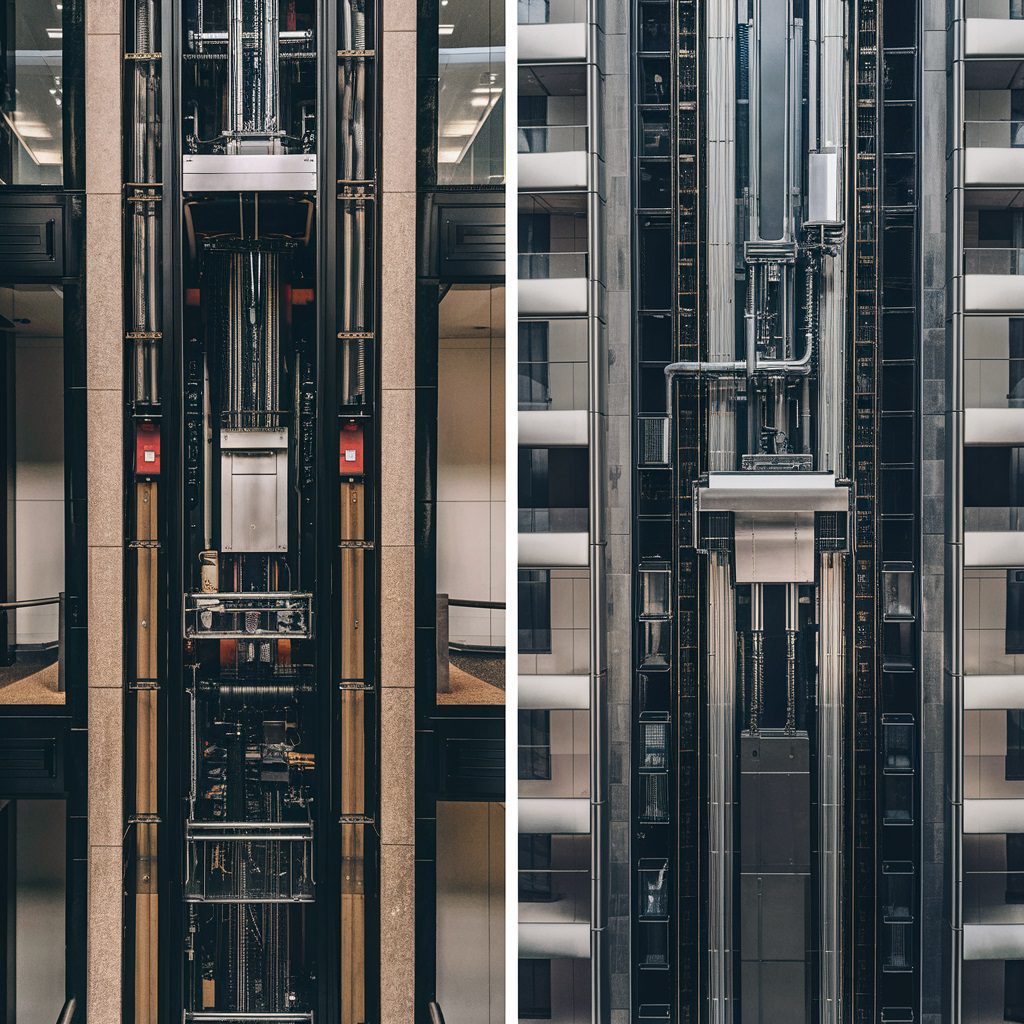
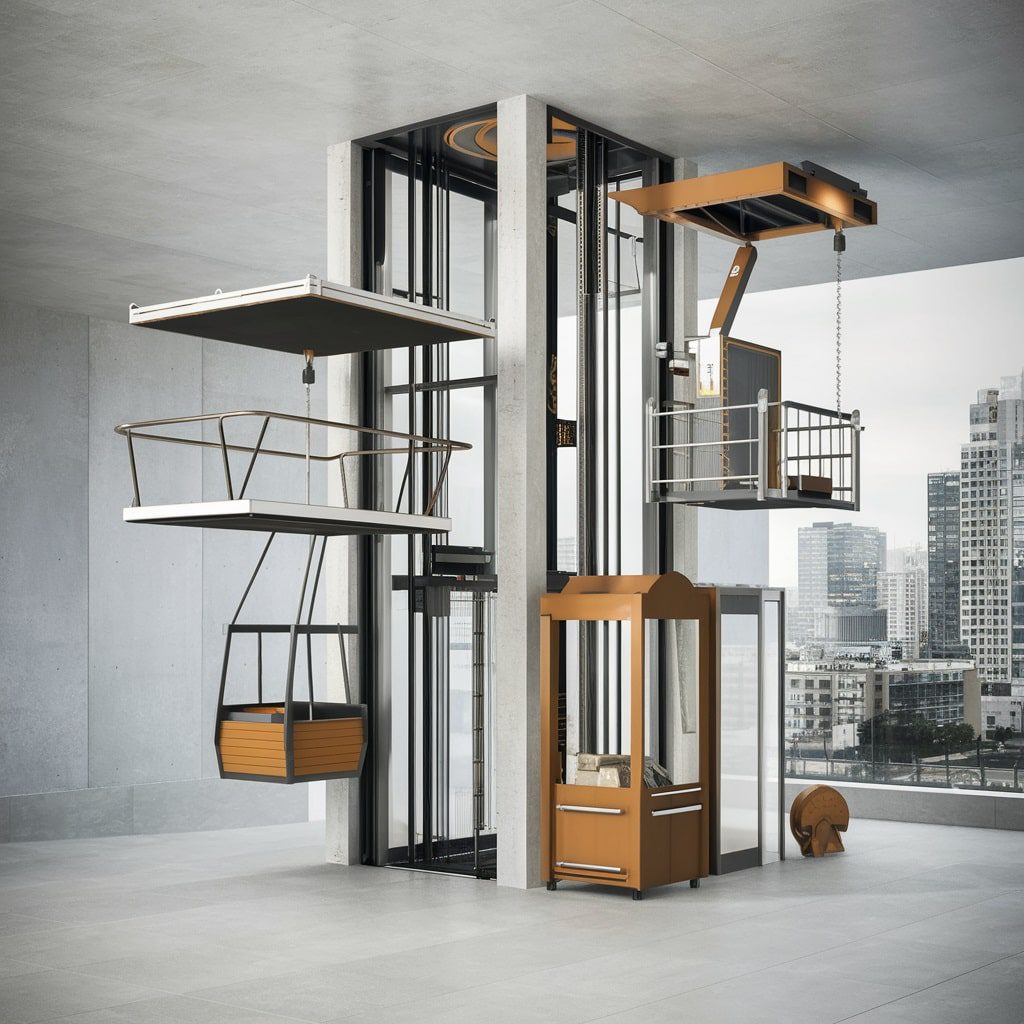
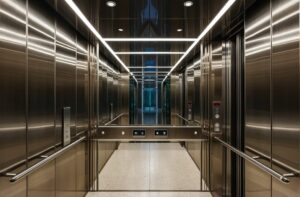
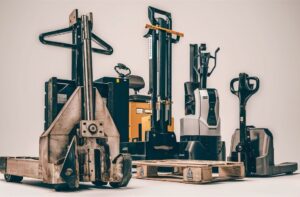
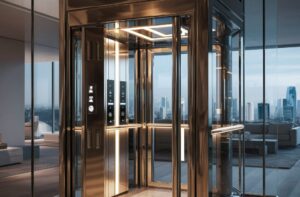
I really enjoy looking at on this website , it has great blog posts. “You should pray for a sound mind in a sound body.” by Juvenal.